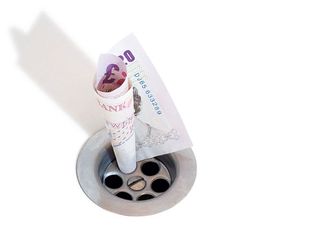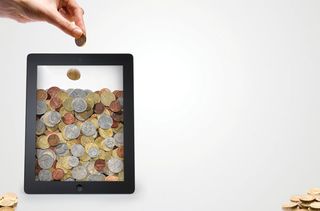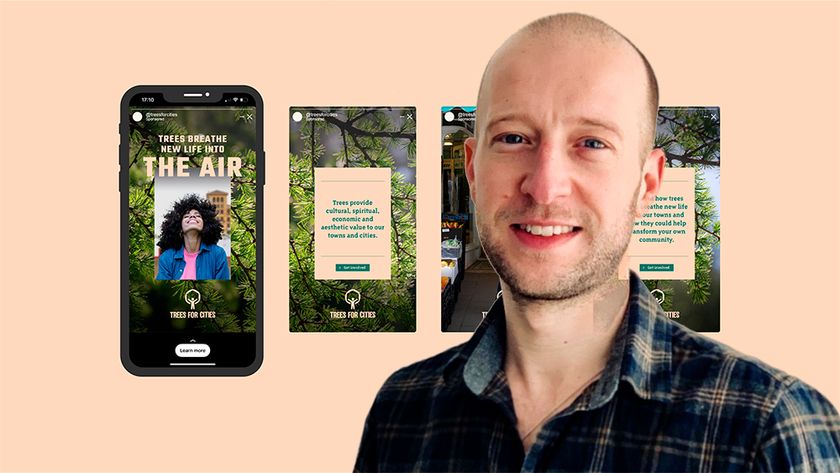5 top tips for dealing with a tiny design budget
A tight budget doesn't have to mean compromising on creativity.

Short of money but still under pressure to produce an amazing print design? You're not the first designer to struggle against financial odds, and you won't be the last. Free fonts and budget-friendly images will help, but there's also a lot you can do on the business side of things.
Follow these five simple steps and you'll soon find you can wring more out of a small design budget than you thought possible...
01. Manage the client's expectations
Getting the most from your budget always starts with setting the right budget in the first place, and that relies on getting a good brief together. Make sure you understand what's expected, and what falls within the brief. Then manage your client's expectations as to what they're actually going to get from the project.
What they want isn't always going to be what they need. It's all about trying to understand their market, and making sure they understand their own market fully, which you do by asking lots of questions.
02. Invest your time wisely
You also need to make sure that you put enough time into a project right at the beginning. Often, clients will want to see your ideas really quickly, and they might not give you enough time to do the research and all the planning, or to get a good concept together and hold focus groups if necessary.
You don't want to do endless amounts of planning, but spending too little time can end up costing you money in the long run. Make sure you don't rush into making decisions that may turn into problems later.
03. Plan your print run

Your campaign should be properly planned so that you print the right amount to start with, rather than doing one print run and then having the client come back a few months later wanting a bit more (or wasting money by overprinting in the first place).
Get the Creative Bloq Newsletter
Daily design news, reviews, how-tos and more, as picked by the editors.
Some people say there's always time for a reprint, but starting up the presses again is so inefficient. You need to identify how long the product is going to be in the marketplace for, and how many copies you really need.
04. Size up your paper stock
When it comes to picking your paper stock, if the project allows it then stick to standard paper sizes – these are often most efficient and economical. You can potentially also save on paper stock, but work out if it's worth it for your particular job.
Your choice of paper obviously depends on who the design is going out to – if it needs to look premium, you don't want to be cutting corners on stock. But if it's a mass mailout, you can perhaps take the stock down a bit. There's no point using 300g uncoated stock for a flyer that's just going to be left in a bar.
05. Get the best from your suppliers
It's very important to have good relationships with your suppliers. This isn't so you can knock their prices down, however. Try not to do this, because everyone is already doing things on the tightest of design budgets.
It's important to chat to suppliers because you want them to keep you informed. It helps to know that they'll to contact you to say: 'Maybe you've put a bit too much colour in this black', or to let you know if something isn't going to print the way it's supposed to, rather than just going ahead and doing the job anyway.
Liked this? Read these:

Thank you for reading 5 articles this month* Join now for unlimited access
Enjoy your first month for just £1 / $1 / €1
*Read 5 free articles per month without a subscription

Join now for unlimited access
Try first month for just £1 / $1 / €1












